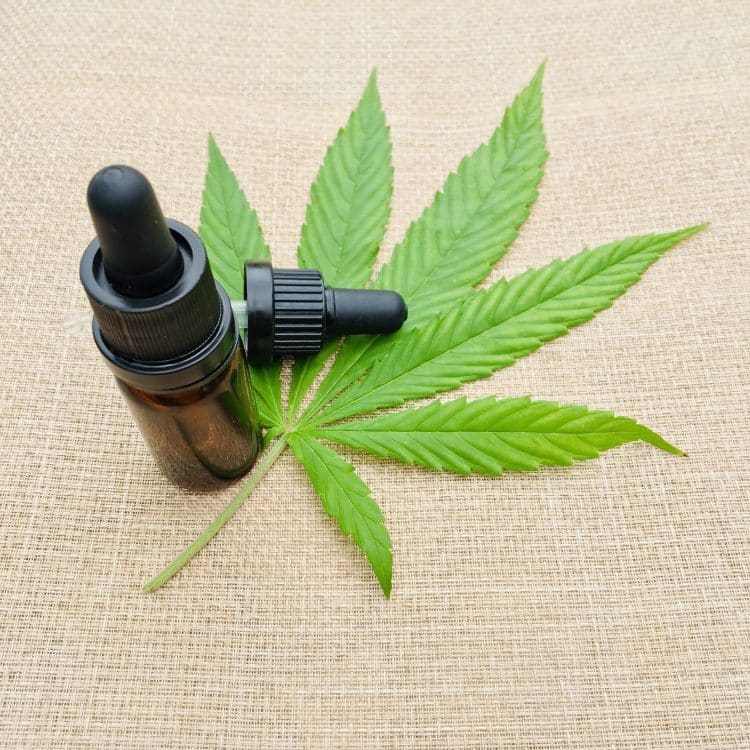As hemp extraction flourishes, researchers are examining techniques such as supercritical carbon dioxide (CO2) in more detail. Recently, Moreno et al [1] investigated the role of increasing the pressure of CO2 when extracting cannabidiol (CBD) from hemp cultivars. They also studied the effect of decarboxylation and adding ethanol as a co-solvent. For comparison, the researchers extracted hemp using near-critical hydrocarbons.
Initially, they explain that “despite the popularity and widespread acceptance of supercritical CO2 extraction among manufacturers and aficionados alike, scientific publications on the subject are still scarce.”
Prior to extraction, milled hemp material from two cultivars—one sample of cultivar A (undisclosed) and two samples of cultivar B (Ferimon12)—was either decarboxylated or left raw. Decarboxylation was carried out at 150º C for either 20 minutes (A), 60 minutes (B-1), or 50 minutes (B-2).
The researchers calculated apparent solubility from the slope of grams of extract per kg of CO2—in other words, solubility as extract yield versus amount of CO2 used. Once this was calculated for a given pressure, they increased the pressure. They recorded apparent solubility at the 2 L scale and 40º C. Pressure started at 200 bar and was increased sequentially by 100, 200, and 300 bar, up to 1300 bar. Above 700 bar, the authors explain, pressure is considered ultra-high. An ethanol co-solvent (5%) was also added at increasing pressures.
Overall, they noted that “[s]olubility increases linearly with CO2 density [(higher pressures)] for all sets of extraction data, i.e., raw material on a dry and wet basis, as well as decarboxylated material.” That said, the highest concentration of CBD occurred at a low pressure (200 bar) and yield (6.2%) with 45 g CBD per 100 g extract. At 300 bar, apparent solubility for dry material was recorded at 11 g/kg CO2. The higher pressures were favorable to acidic cannabinoid extraction.
Decarboxylated forms were more soluble in CO2 compared to acidic forms. The ethanol co-solvent (and higher pressures) significantly boosted yield of acidic cannabinoids like cannabidiolic acid (CBDA). Total yield with supercritical CO2 reached 12%; total cannabinoid yield (as extracted from the source material) ranged from 51-100%.
Liquid propane or dimethyl ether (DME) were also tested as solvents at 2 L, 55º C, and 40 bar. Propane had lower total extraction yield (8.2%) explained by its lack of affinity for water in the raw feed material. However, propane was more efficient at extracting acidic cannabinoids with cannabinoid yields ranging from 74% to 99%. Regarding decarboxylated material, propane extracts were richer in CBD (73.6% of total cannabinoids) compared to CO2 + ethanol (57.2% of total cannabinoids). DME was also very efficient but extracted significant amounts of lipids and waxes.
Key takeaways from the various experiments include the fact that ultra-high pressure supercritical CO2 with a co-solvent appears most suitable for acidic cannabinoids. Another key finding regarded the color and consistency of each oil: lower pressures produced thin, golden oils rich in CBD, while higher pressures thickened the oil and darkened the color.
The authors conclude, “Supercritical CO2 and liquefied propane allow efficient and flexible extraction of cannabinoids from raw and decarboxylated plant material.”
Reference
- Moreno T, et al. Extraction of cannabinoids from hemp (Cannabis sativa L.) using high pressure solvents: An overview of different processing options. The Journal of Supercritical Fluids. 2020;161(104850). [Impact Factor: 3.744; Times Cited: 6 (Semantic Scholar)]
Image: Julia Teichmann from Pixabay











